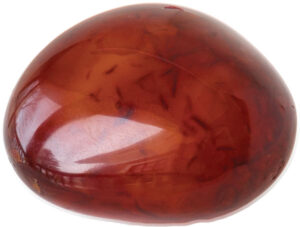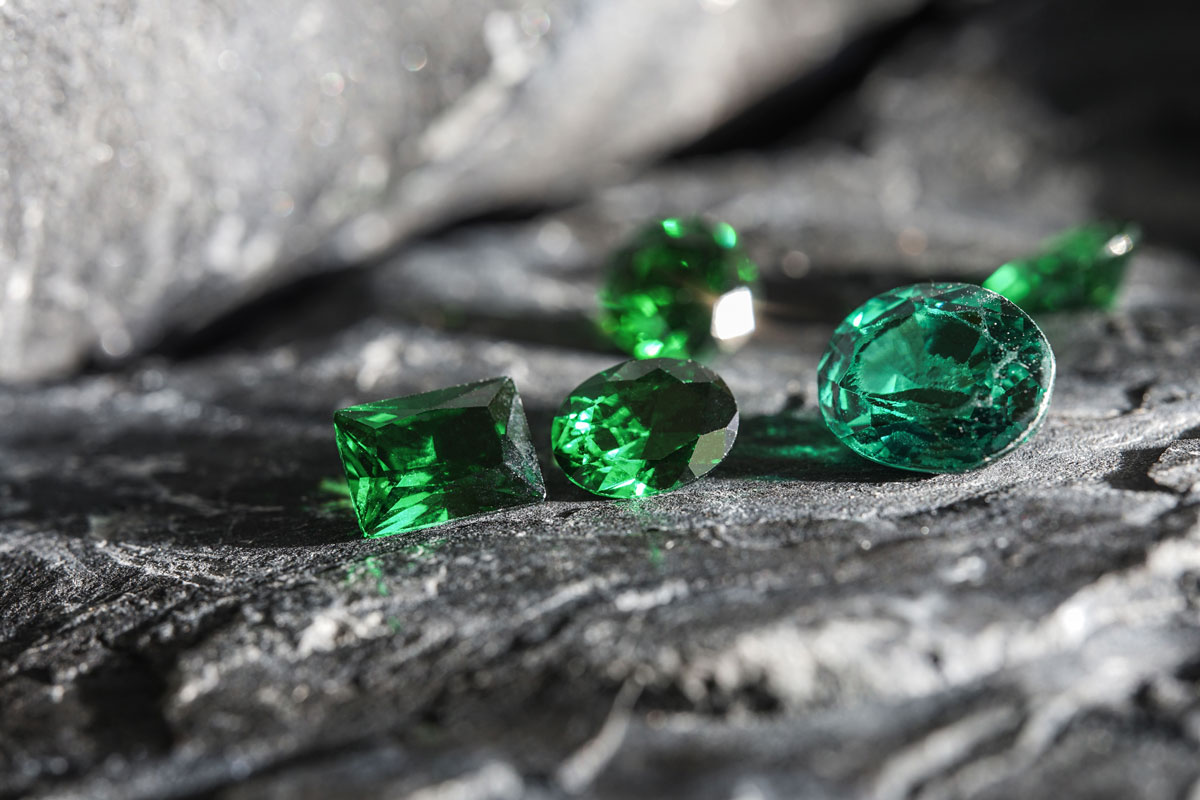Gemstones have captivated people across the globe for thousands of years. While their beauty alone makes them treasured possessions, their appeal goes far beyond simple aesthetics. Across different periods and civilizations, a prized gemstone was often believed to carry powerful energies, offer protection, or even influence fate. From spiritual beliefs and healing practices to symbols of social rank, gems have played a significant role in shaping human culture. Here’s a look at how gemstones were used by major societies throughout history, and how they continue to hold meaning in the modern world.
Ancient Egypt
In Ancient Egypt, gemstones were prized for more than their visual appeal. Egyptians believed that certain stones held protective and regenerative powers. Lapis lazuli, for example, was a favorite among pharaohs and priests. Its deep blue color symbolized the heavens, and it was frequently carved into amulets, scarabs, and eye-shaped talismans believed to guard against evil forces. Carnelian, turquoise, and emerald were also considered sacred and were often buried with the dead to aid the soul’s journey to the afterlife. Emerald was Cleopatra’s favorite jewel and she featured it prominently in her jewelry and royal decor. Jewelry wasn’t just for decoration—it carried meaning, protection, and spiritual significance. The Egyptians were among the first to integrate gemstones into a broader system of beliefs involving the divine, the eternal, and the natural world.
Ancient Greece & Rome
The Greeks and Romans admired gemstones for both their physical properties and their associations with mythology and the gods. Amethyst, for instance, was thought to protect its wearer from drunkenness and promote a clear mind. Greek legends even told of Dionysus, the god of wine, who was said to have created the amethyst as a token of sorrow and restraint. The Romans, meanwhile, were known for their elaborate rings and carved gemstone cameos. Garnets, sapphires, and emeralds were particularly popular among the elite, often set in gold and passed down through generations. These societies saw gems as tokens of protection, strength, and divine favor. Soldiers carried stones like hematite into battle for courage and success, while lovers exchanged gems as symbols of fidelity and passion.
Ancient China
In Ancient China, gemstones were cherished not only for their beauty but also for their symbolic and spiritual significance. Jade, in particular, was highly valued and believed to embody purity, virtue, and immortality. It was used in ceremonial objects, burial suits for royalty, and personal adornments to convey status and protect the wearer. Other stones like agate and turquoise were used in decorative arts and amulets, thought to bring harmony and good fortune.
Medieval Europe
During the Middle Ages, gemstones were deeply tied to religious and medical beliefs. Clergy and royalty alike adorned themselves with jewels believed to possess holy power. Sapphires were seen as a symbol of heaven and worn to attract divine wisdom and moral clarity. Rubies were thought to warn their owners of danger by darkening in color. Meanwhile, medical practitioners used powdered gemstones in treatments, assuming their physical properties could cure ailments or bring balance to the body. This period also gave rise to birthstones and zodiac gems, where each stone was aligned with specific months or astrological signs, carrying traits thought to influence a person’s character and destiny.

Gems Today
In modern times, gemstones continue to hold powerful meaning. While their spiritual and mystical associations remain important to many, they also represent milestones, emotions, and personal identity. Engagement rings with diamonds, for instance, symbolize enduring love, while colored gemstones such as sapphires, emeralds, and morganite allow for unique self-expression. Alternative healing practices have also brought renewed interest in the metaphysical properties of stones like rose quartz for love, black tourmaline for protection, and citrine for prosperity.
Gem shows have become major events for collectors, traders, and anyone passionate about gemstones. These shows provide opportunities to discover new finds, purchase specimens from around the world, and connect with vendors, miners, and fellow enthusiasts. Visitors can expect to see everything from museum-quality minerals and raw crystals to finely cut gemstones and handcrafted jewelry. Some shows also offer workshops and hands-on activities for those looking to deepen their understanding of the natural world.
For serious collectors, gem shows are more than shopping opportunities—they are experiences that combine learning, community, and the thrill of discovery. Shows like the NJ Gem Show attract international crowds and feature thousands of exhibitors. Attendees often return year after year to build relationships with vendors and uncover treasures they won’t find anywhere else.



